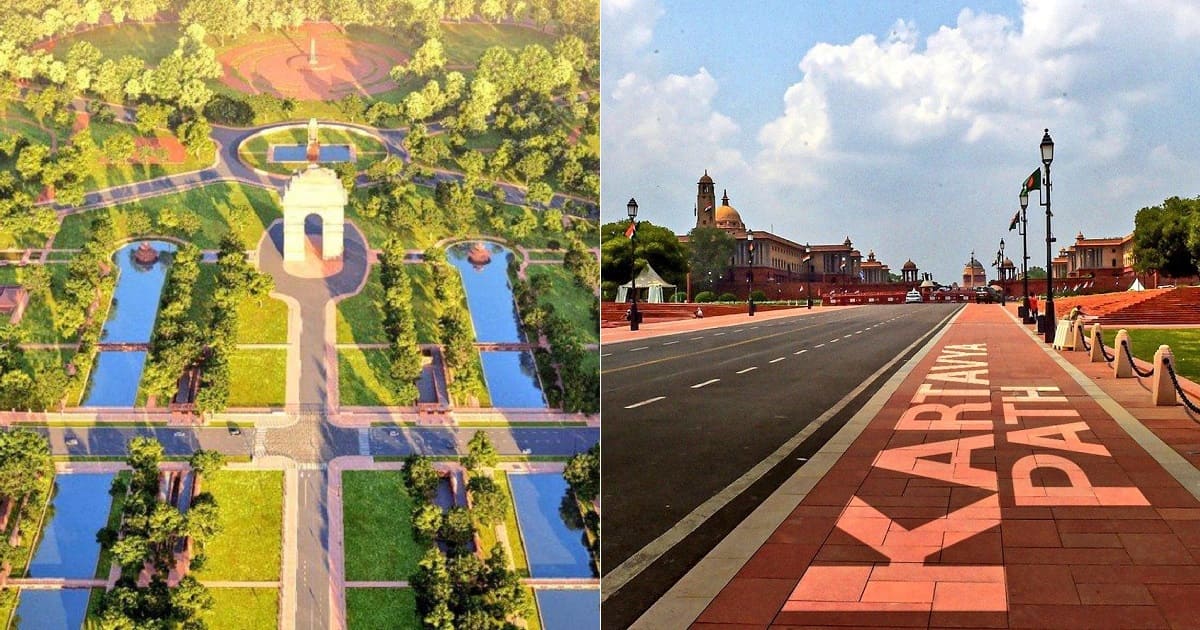
As Prime Minister Narendra Modi is about to dedicate the renovated Central Vista Avenue, the day will go down in history for yet another reason.
Rajpath, a three-kilometer route from Vijay Chowk to India Gate that is frequently associated with Delhi’s identity and hosts the Republic Day Parade each year, has been renamed “Kartavya Path” (Path of Duty) before the inauguration.
ADVERTISEMENT
Rajpath’s history dates back more than a century to the period when Delhi was being equipped to become the nation’s capital. Over the years, the three-kilometer length has experienced several alterations.
The government claims it represents a change from the former Rajpath, which served as a symbol of authority, to the Kartavya Path, which serves as an illustration of public ownership and empowerment. This makes it all the more significant in the changing times.
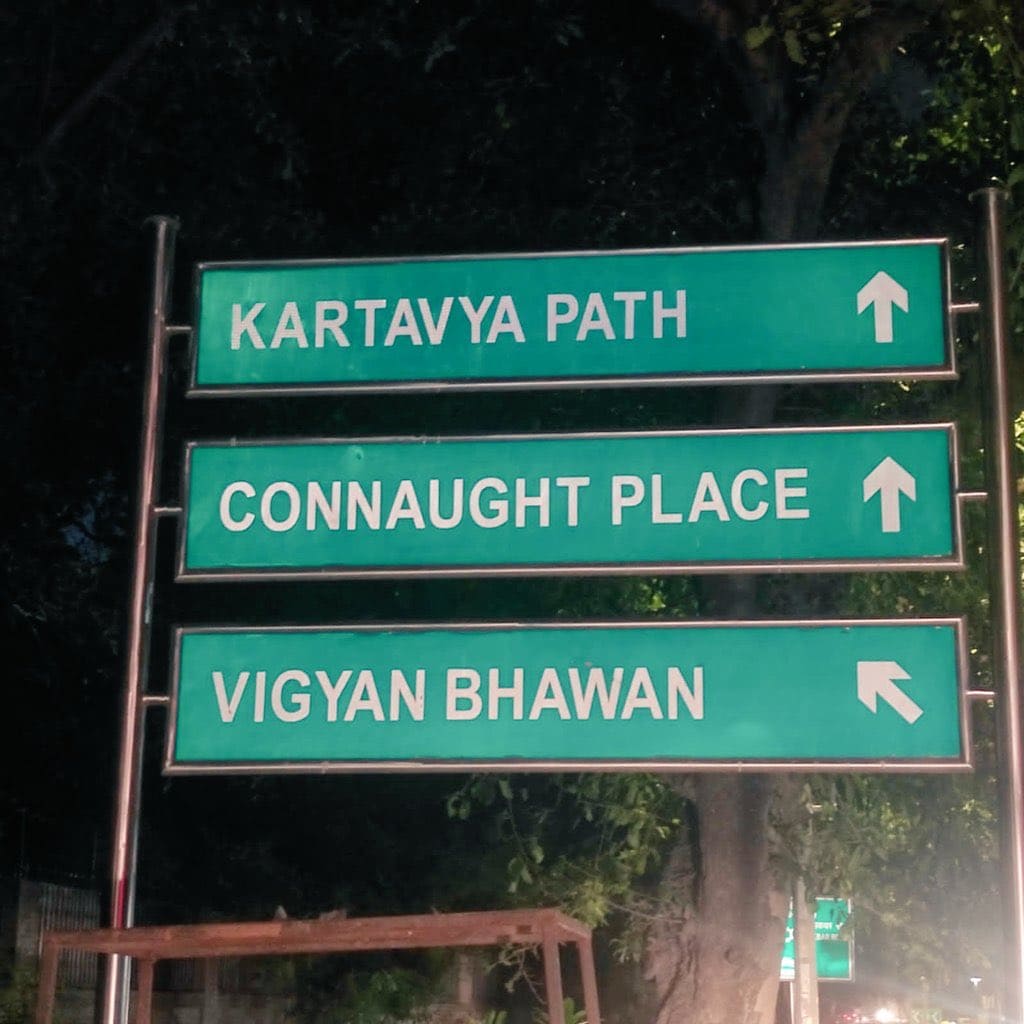
But from the start, Rajpath has always been significant in our history. So, let’s look at Rajpath’s history and its foundations below:
The history behind Kingsway
The colonial authorities chose to move the capital from Calcutta (now Kolkata) to Delhi in 1911. Considering Delhi’s location, the British believed that governing India from there would be simpler and more practical. Around 1920, Rajpath (then known as Kingsway) was constructed as a ceremonial promenade while construction on the new capital was ongoing.
ADVERTISEMENT
The massive gardens, canals, and trees on each side of the avenue were created by the designers of the new capital, Edwin Lutyens and Herbert Baker. In commemoration of the British Emperor George V, who made the decision to relocate the capital in 1911, it was given the name Kingsway. British India’s administrative capital, New Delhi, was established in 1931.
India Gate was unveiled in 1933, two years later.
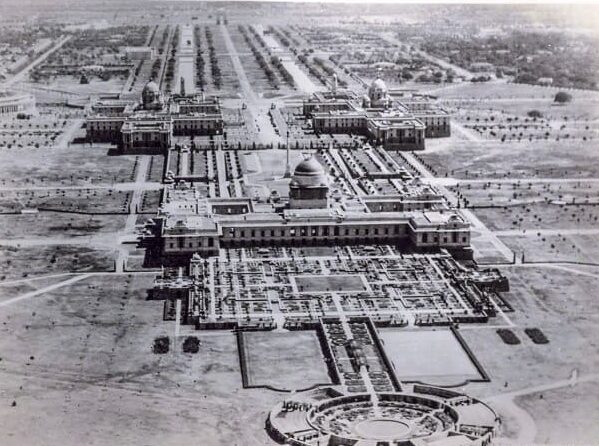
After India gained independence, Kingsway was renamed Rajpath
Since then, the 3-km length has been the site of the annual Republic Day procession. On Central Vista Avenue, several alterations were made, such as the planting of new trees.
In an address he gave on August 15th, Prime Minister Narendra Modi underlined the need to eliminate symbols that reflect a colonial mindset.
The PM has also emphasized the significance of obligations in the run-up to 2047. According to reports, both of these elements may be considered the driving forces behind the name “Kartavya Path.”
Talking about this, Union Minister Meenakshi Lekhi said,
ADVERTISEMENT
We carried forward colonial mindset after Independence. Rajpath conveys you have come for ‘Raj’ (rule). The PM said that country is celebrating Azadi ka Amrit Mahotsav and we have to end imperialistic policies, symbols. So, the name of Rajpath has been changed to Kartavya Path.
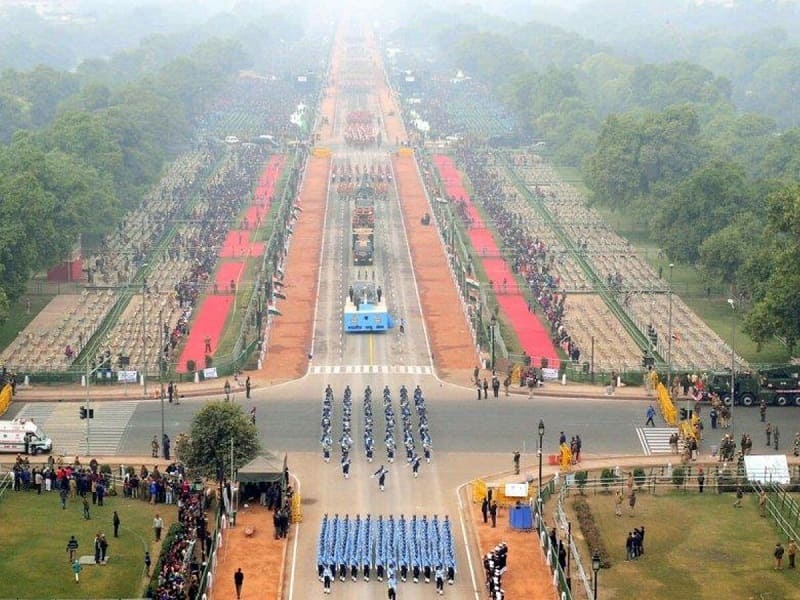
Rajpath to be renamed as Kartavya Path – India stepping away from its colonial past
After 20 months of arduous development, Central Vista Avenue will soon be accessible to the general public. The massive Central Vista redevelopment plan, whose construction work began in February of last year, has already seen the completion of its first phase.
A new triangular Parliament building, a shared central secretariat, renovation of the three-kilometer Rajpath, a new prime minister’s mansion and office, and a new vice president’s enclave are all part of the Central Vista redevelopment project, which is the nation’s power corridor.
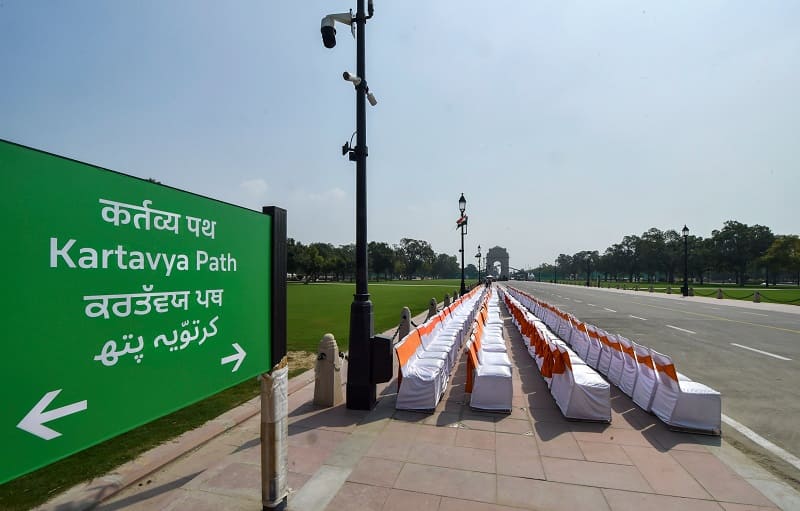
The Central Vista project
The rebuilt stretch, which is regarded as the most well-liked public area in the city, contains 1.1 lakh square meters of red granite pathways with greenery all around; more than 133 light posts along the Rajpath; 4,087 trees; 114 contemporary signage; and terraced gardens.
The path is as glorious as the destination – a magnificent view of #Kartavyapath leading to the #CentralVista.
From colonial era Rajpath to #KartavyaPath. @narendramodi pic.twitter.com/qeNvX0qZLs
— C T Ravi 🇮🇳 ಸಿ ಟಿ ರವಿ (@CTRavi_BJP) September 8, 2022
ADVERTISEMENT
An initiative to make Central Vista more pedestrian-friendly around the clock involved installing more than 900 light poles, including those in the gardens and along the Rajpath between the Rashtrapati Bhavan and the India Gate.
In total, eight luxury buildings and four public underpasses have been created along the stretch of 422 red granite seats.
New red granite pathways covering 1,10,457 square meters have been built along the redeveloped Kartavya Path to replace the bajri sand that formerly covered the ground. On the Kartavya Path, there are 987 concrete bollards in all. In total, 1,490 manholes with a contemporary appearance have taken their position.
Today India is set to witness a special moment ! Hon’ble @PMOIndia will unveil the statue of #NetajiSubhashChandraBose & inaugurate #KartavyaPatha. pic.twitter.com/znAo6JqaZ3
— Bindu (@BinduBJP1) September 8, 2022
ADVERTISEMENT
Stay tuned for more updates!
ADVERTISEMENT











